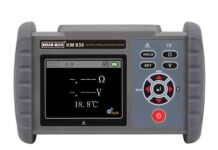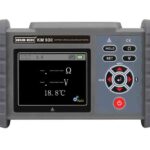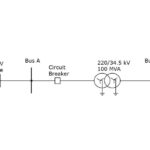
MarketsandMarkets forecasts the smart grid market to grow from USD 23.8 billion in 2018 to USD 61.3 billion by 2023, at a Compound Annual Growth Rate (CAGR) of 20.9% during the forecast period. The major factors that are expected to be driving the smart grid market are modernization of aging grid infrastructure and increasing. Also, hardware is the core component of a smart grid infrastructure as it increases the flexibility of the electrical power grid. It includes various power products such as smart meters, controllers, routers, switches, wireless access points, bridges, gateways, hubs, repeaters, load tap changers, protective relays, and sensors. These hardware devices capture numerous data from both consumers and energy utilities to derive useful information and insights. The growth of the hardware segment until recently was driven by the transformation in the electric power sector, which focused on replacing aging assets with smart grid systems as this would enable power utilities to monitor and control the supply chain efficiently. However, the scenario is not the same after the outbreak of COVID-19. Manufacturers of smart grid hardware components are facing several issues related to order closures on time due to global lockdown. Also, there are delays in receiving raw materials from suppliers, primarily located in China and other Southeast Asian countries. These issues are taking a toll on manufacturers situated around the globe.

To name a few players in the smart grid market, we have GE (US), ABB (Switzerland), Siemens (Germany), Schneider Electric (France), Itron (US), Landis+Gyr (Switzerland), Aclara (US), Cisco (US), OSI (US), IBM (US), Wipro (India), Oracle (US), Honeywell (US), S&C Electric Company (US), Eaton (Ireland), Kamstrup (Denmark), and Trilliant Holdings (US), among others. GE is a globally diversified technology and financial services company. It operates through five business segments, namely, power, renewable energy, aviation, healthcare, and financial services segment, Capital. The company offers grid solutions equipment and services through its renewable energy business segment, which accounted for 17.6% of the total net sales in 2019. The company provides smart grid technologies and operations management systems for water, gas, electric utilities, and renewable energy. The company is the largest and most profitable smart grid infrastructure company in the world. GE offers all types of products and services for the energy, utility, and power industries. In the field of smart grids, GE provides solutions that are reliable and optimize the end-to-end grid operational efficiency.
Further, due to the impact of COVID-19, GE, for the first quarter of 2020, anticipates a negative impact on GE Industrial free cash flow of approximately USD 300–500 million, as well as a negative impact on operating profit of approximately USD 200–300 million.
Surge protection devices are also playing a vital role in keeping system and apparatus safe from surge and spike. At normal operating voltages, the SPDs are in a high-impedance state and do not affect the system. When a transient voltage occurs on the circuit, the SPD moves into a state of conduction (or low impedance) and diverts the surge current back to its source or ground.
Source: A report by MarketsandMarkets



















